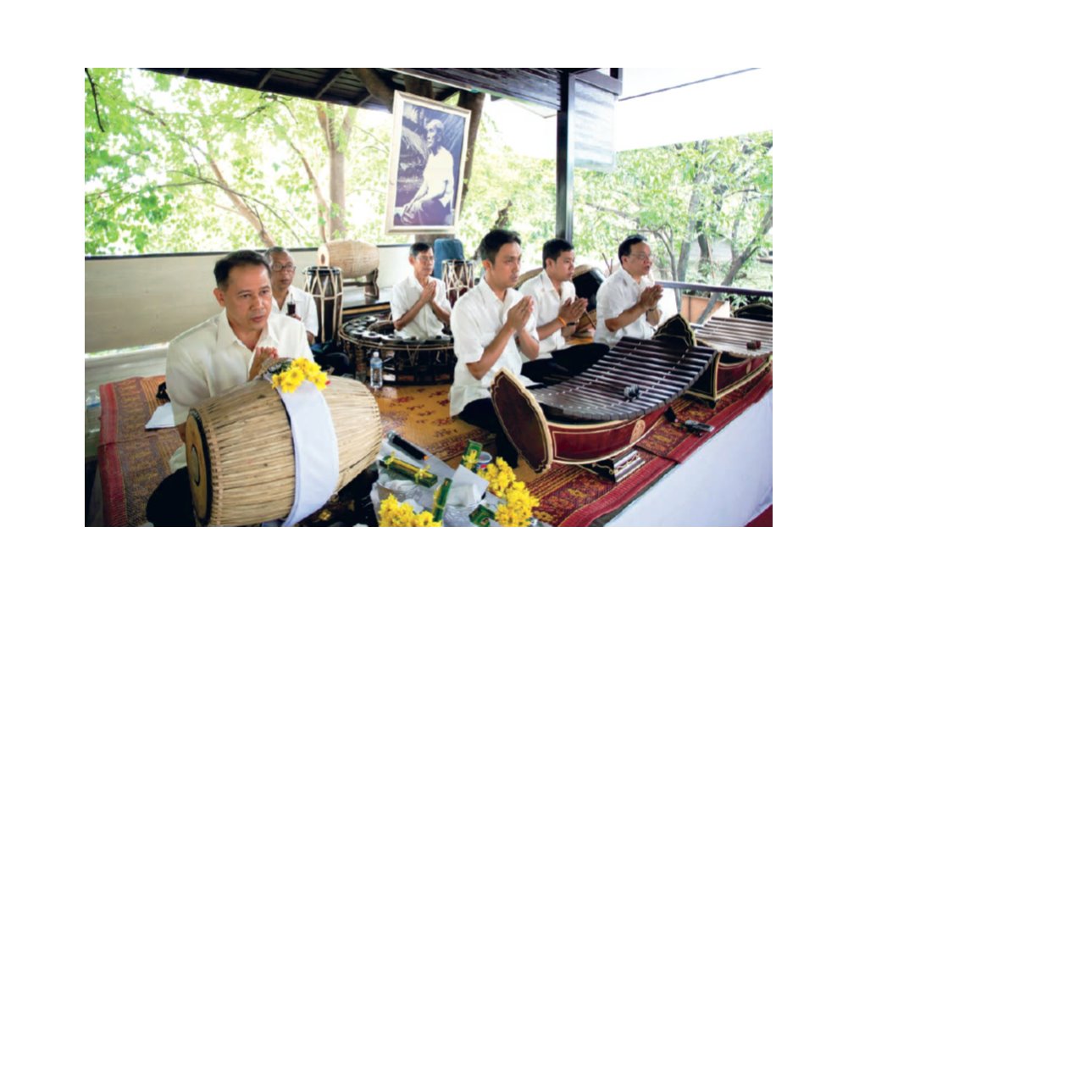

42
|
Culture Ways of Life and Wisdom
The delicacy and process of the Wai Khru Ceremony is the wise integration of consciousness, wisdom
and value. It is important for people in the society to respect each other and the value of acquired knowledge
which is considered as intellectual property that teachers have collected and transferred with determination
to make students competent.
The Traditional Offerings
On the Wai Khru day, students will make offerings to the teacher with a set of flowers, incense sticks,
candles, pea eggplant flowers, Bermuda grass, Ixora flowers and popped rice. Each of them has a symbolic
meaning as follows.
• Dok Ma Kuea,
or pea eggplant flowers, represent respect and modesty. When the flowers are in
full bloom, they blend downwards the ground. That represents the gesture of respect that students should
gently show respect to their teachers.
• Yah Praek,
or Bermuda grass, is a durable type of grass that can survive in all seasons. This implies
that students must have patience with their studies in class if they want to be successful later in life.
• Kao Tok
(popped rice) symbolically represents the discipline and controllability. It represents the
process of roasting the rice. If the rice is not popped right in a container, it will not be popped rice. Therefore,
this implies that if students cannot control themselves, they will be gone out of discipline.
• Dok Kem,
or Ixora flowers’ symbolize the sharp minds and intelligence of students.


















